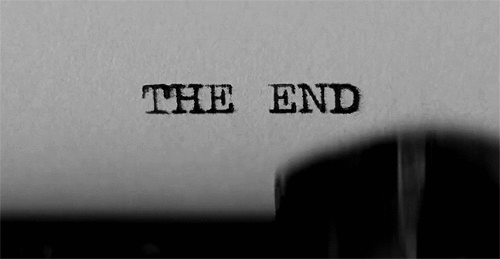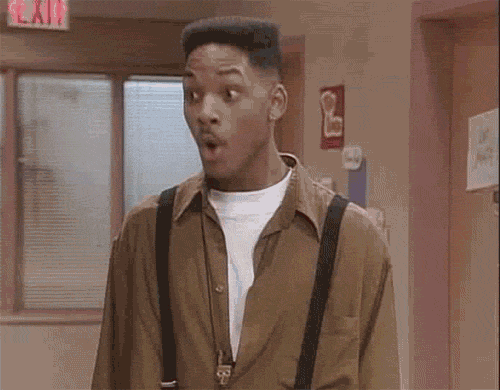Don't wanna be here? Send us removal request.
Text
References
http://www.photo-museum.org/photography-history/
https://electronics.howstuffworks.com/camera.htm
The rest was notes, the books from library, and text book.
0 notes
Text
Glossary
Dilute-make (a liquid) thinner or weaker by adding water or another solvent to it.
Photoglyphic-relating to or resembling photographs.
Legislate-make or enact laws.
0 notes
Text
Conclusion
To conclude the lab chemistry is the base and why photography got created. The chemical compounds of each item you take a picture of and each step of how it’s possible to actually take a picture. From the 1800s to know the history of photography drastically changed. All the steps to develop the film took a lot of work but nowadays we have digital cameras.

0 notes
Text
Photo info
Baseball -rubber-coated cork and then surrounded by three layers of wool yarn and a winding of cotton or polyester yarn. This core is then coated in latex adhesive or rubber cement and covered with cowhide.
Nike shoe-Disperse Dyes – Sensitizing. Disperse Blue 1 (2475-45-8) Disperse Blue 35 (12222-75-2) Disperse Blue 106 (12223-01-7) Flame Retardants. tris-(2,3,-dibromopropyl)-phosphate (TRIS) (126-72-7) polybromobiphenyls (PBB) (59536-65-1) Fluorinated Greenhouse Gases. - as defined by (EC) No 842/2006. Legislated.


0 notes
Text
Film developing info
A stop bath,
typically a dilute solution of acetic acid or citric acid, halts the action of the developer. A rinse with clean water may be substituted. The fixer makes the image permanent and light-resistant by dissolving remaining silver halide. A common fixer is hypo, specifically ammonium thiosulfate. There is also different types of chemicals used to incorporate the color in the pictures.
0 notes
Text
Lab
Objective: The objective of this lab is was to show how chemistry and photography are related and how the process of photography is all based of chemical formulas and science in general.
Procedure: What I did first was take my six pictures of different objects and other things to show how for each picture the item is made up of many different types of chemicals and compounds.

Observations: I observed that the process of photography started in the early 1800’s and advanced in the past 200 years drastically with digital cameras and fast access to be able to take pictures even compared to 20 years cameras are so easy and convenient for everyone but for the cameras with film it takes more work to know how to use and and get the film with out losing any photos.
Conclusion- How photography changed due to the fact of chemistry making it so much easier on life
0 notes
Text
The Science behind Photography
Instead of a light-sensitive strip of film, digital cameras contain an image sensor being exposed to light. In simplest mechanics, the image sensor collects millions of different colored photons the smallest form of light energy in microscopic troughs located on the surface of the image sensor. Once the camera shutter closes again, the camera converts the captured photons into numerical information based off of the voltage.Popular salts are sodium thiosulfate—commonly called hypo—and ammonium thiosulfate—commonly used in modern rapid fixer formulae. Fixation involves these chemical reactions (X = halide, typically Br−).
https://www.youtube.com/watch?v=7gmTYR0QKqU

0 notes
Text
Steps to develop pictures
1.First you need to get stop bath
2. Then you need developer
3.Then your fixer
4.Last your wash
5. after you get what you need you get a container that no light could go through because it is light sensitive and then put it in a dark room for how ever long you need.
6.have your bottle opener prepared along with your roll of film. Pop of the bottom. take out the film on the spool, make sure you are not touching the surface of the film. Now cut off the end of the film for easier loading onto the reel. Put the end of the film into the reel and start winding it on.
7.Then you put your developer in.
8.After you put the stop bath in and dumb and wash.
9.you put the fixer in.
10. Then you constantly wash for like 10 min or less.
11. then leave it to dry
The film is made up of
strip or sheet of transparent plastic base coated on one side with a gelatin emulsion containing microscopically small light-sensitive silver halide crystals. The sizes and other characteristics of the crystals determine the sensitivity, contrast, and resolution of the film. It is important to keep the film room temperature to not mess up the pictures and not get them over developed or underdeveloped. You need to agitate the film so the pictures can come in evenly.

0 notes
Text
How does the Camera work??
The overall idea of how photos are created is when you take a picture the camera which uses a lens to focus the sense’s visible wavelengths of light into a reproduction of what the human eye would see. That’s for most cameras in general but in a specific way the camera we used for the project is the 35 mm camera and the way it works is, since the material of it is sensitive to light the 2 dimensional pattern of light rays entering through the lens of a camera for the world outside forms a kind of invisible, chemical trace called latent on the surface of the photographic film. The chemicals involved are paraphenylene diamine which is used to develop the filn and when the film is added to the coloring bath the paraphenylene diamine exposes the the films sliver halides but they also help something called dye couplers which are the chemicals made for the color.

0 notes
Text
The History of Photography
Nicéphore Niépce is the official inventor of what we now call photography. In 1826 Joseph Niépce from the small town of Le Gras in the Burgundy Region of France he had inspiration to create images we could see and have based of the craze of the Newley invented art of lithography that took over Europe almost 13 years before in the year 1813. There were also many other influences for photography in this era which includes Louis Daguerre who was a French painter and physicist who invented the first practical process of photography, Henry Fox Talbot who was a British chemist who created Photoglyphic Engraving during the Renaissance period, George Eastman was one of the more modern photography inventors and he founded the Kodak company who popularized the use of roll film and helping photography get popularity born in Waterville New York he was a pioneer of his generation and there were many more contributors.

0 notes
Text
Introduction
In my project I will be explaining how photography is Chemistry and it applies to what we have learned this year because of all the elements and components we have learned relates to how taking a photograph works. Chemistry is the building block of all life itself so it is a with photography too.

2 notes
·
View notes